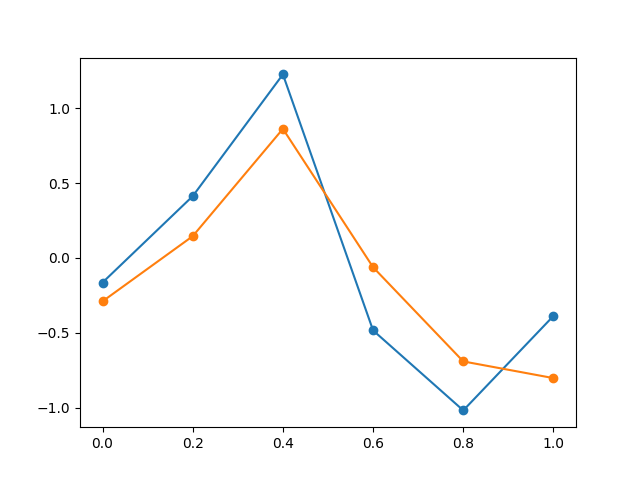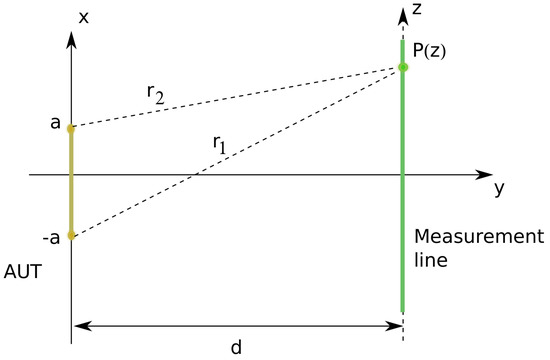
Polynomial interpolation: Polynomial interpolation is a method of interpolation that involves using polynomial functions to estimate values within a gap in a data set on a graph. In linear interpolation, you simply draw a straight line between points on a graph to determine the other values in the data set. Linear interpolation: Linear interpolation is one of the simplest methods to conduct interpolation. Some of the common methods of interpolation include: For example, you can imagine that you're looking at a line on a graph and there's a gap between data points.īy using interpolation, you can easily imagine which point fills the gap by drawing a line or curve between existing points. Interpolation can allow you to derive functions from data sets which can help you find additional points in the data set. Interpolation is a method of estimating a hypothetical value that exists within a data set. Often, you can conduct interpolation and extrapolation by drawing lines or curves on graphs or using known functions. Methods: There are many methods that you can use to conduct both interpolation and extrapolation, including linear and polynomial methods of prediction. Often, interpolation is more reliable than extrapolation, but both types of prediction can be valuable for different purposes. Purpose: Interpolation is used to predict values that exist within a data set, and extrapolation is used to predict values that fall outside of a data set and use known values to predict unknown values. "Inter" means "among" and "extra" means "outside." Prefixes: One way to understand the difference between interpolation and extrapolation is by assessing their prefixes. These are some differences between interpolation and extrapolation: Although interpolation and extrapolation sound similar and are both methods of estimating hypothetical values, they have different purposes and work well in different scenarios.

Interpolation and extrapolation are two types of prediction in mathematics. In this article, we list the differences between interpolation and extrapolation, detail they work, explain when to use them and provide real-world examples. If your career involves math, statistics, engineering or other data-related disciplines, it can be helpful to understand what interpolation and extrapolation are and how they differ.

Interpolation and extrapolation are two commonly used types of prediction, and you can use many methods to conduct each of them. Many career fields use mathematical techniques to understand data and make predictions.


 0 kommentar(er)
0 kommentar(er)
